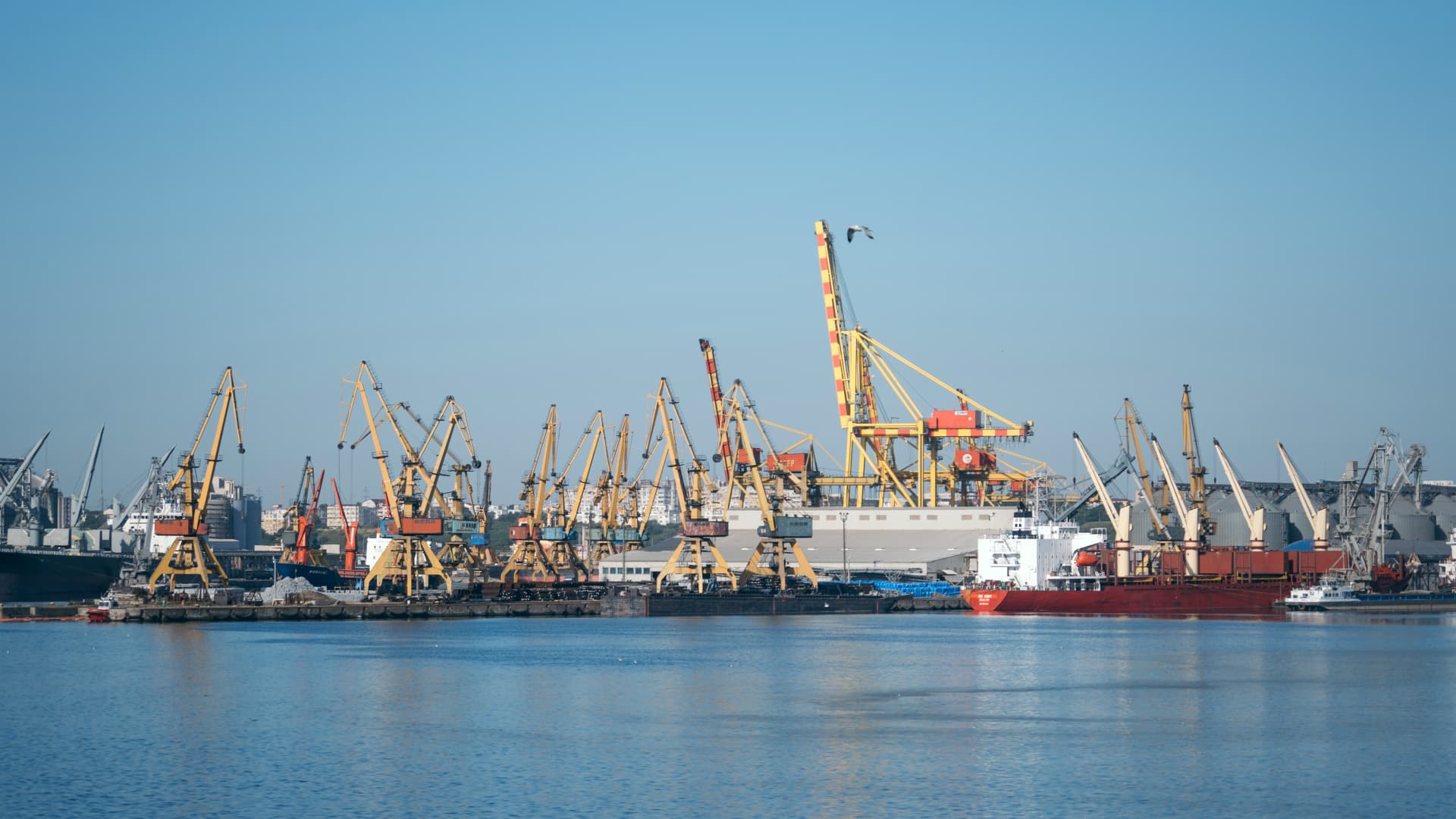Oil prices will hold steady this year, analysts say, though 2023 may see declines


Oil prices will hold steady for the rest of the year but decline marginally in 2023, according to a group of analysts who spoke to CNBC, though a minority opinion sees crude moving higher before 2022 is through.
Global oil prices skyrocketed to more than $120 per barrel after the Russian-Ukraine war broke out, but have tapered to below $100 per barrel in recent weeks.
Oil prices are currently trading around $95 per barrel for Brent crude, and just below $89 a barrel for the U.S. West Texas Intermediate.
Analysts told CNBC they expect oil prices to hold steady through the second half of 2022, though they said the potential impact of an economic recession has not yet been priced in. In a recession, oil prices tend to fall, which could provide consumers some respite.
Current prices seen holding for rest of year
JPMorgan maintains a modest estimate of $101 a barrel for the rest of the year.
Crude will slip to an average of $101 per barrel in the second half of 2022, said Natasha Kaneva, head of global commodities research at JPMorgan. She projected that the price per barrel would be $98 in 2023.
“While we do not believe the risk of recession is priced in yet in the oil price, that risk is growing,” Kaneva and others at JPMorgan said in a July report. Oil prices tend to fall in recessions by 30 to 40%, the report said.
Kaneva told CNBC that the she edged her estimate only marginally lower for 2023, attributing that adjustment to a weaker-the-expected impact from the EU’s embargo on Russian crude.
The EU plans to replace two-thirds of Russian gas imports by the end of the year, as Russia’s war in Ukraine continues to wage on.
“Some European governments have amended parts of their sanctions amid fear of rising crude prices, effectively permitting the lifting of Russian crude by European companies,” she said. “With plans to shut Russian oil out of marine insurance market delayed, the impact on Russian supply could be significantly lower than our current projection.”
Other analysts echoed an estimate of a near status quo figure for current oil prices, and projected small declines in 2023.
“In terms of my current forecasts and barring a major unforeseen event, I still expect Brent crude to average $108 this year,” said Glenn Wepener, executive director and senior strategist at First Abu Dhabi Bank. Wepener added that his 2023 Brent price outlook is $97 a barrel.
Similarly, Daniel Yergin of S&P Global told Squawk Box on Wednesday that he thinks oil prices will be “where it is or somewhat higher” at the end of the year. He added that the oil prices are likely to be driven by geopolitical developments, rather than supply and demand factors.
‘More of an upside’
However, one oil analyst said he believes that in the short term, the “bullish factors will outweigh the bearish ones.”
Director of Refinitiv Oil Research in Asia, Yaw Yan Chong, said he sees “more of an upside” in prices, attributing his projection soaring gas prices in Europe — especially this winter — and Saudi Arabia toying with the idea of production cuts.
Saudi Arabia said last week that OPEC was ready to cut oil output at any time. The announcement came as Europe deals with disruptions to energy supplies from Russia.
“I believe the looming winter will be the most significant driver of oil prices,” said Yaw. “Europe is already grappling with insufficient supplies, which will take a turn for the worse when the full ban on Russian oil imports come into effect.”
“In the short term, for the duration of the winter at least,” he said, “I believe that the bullish factors will outweigh the bearish ones.”
This post has been syndicated from a third-party source. View the original article here.




